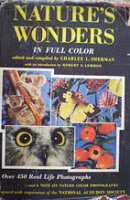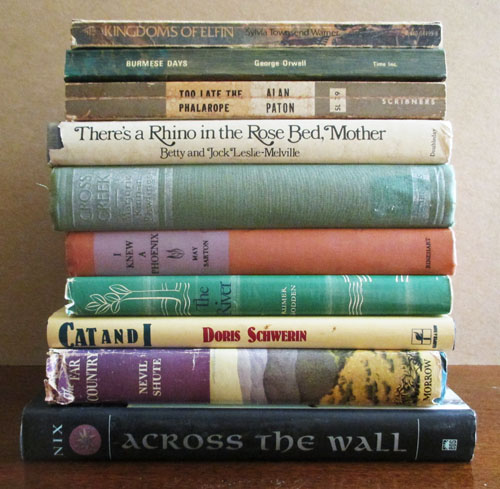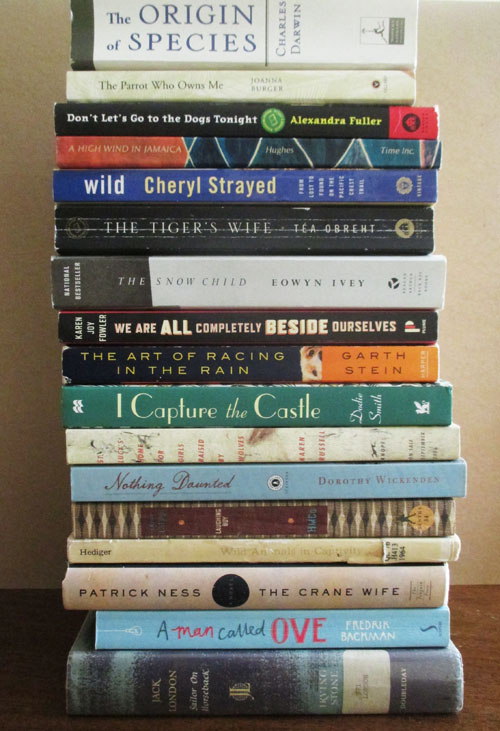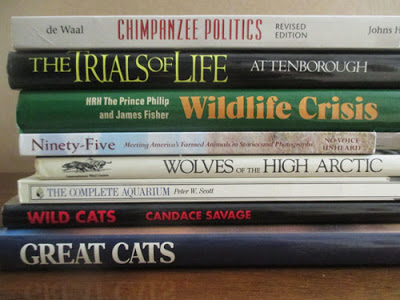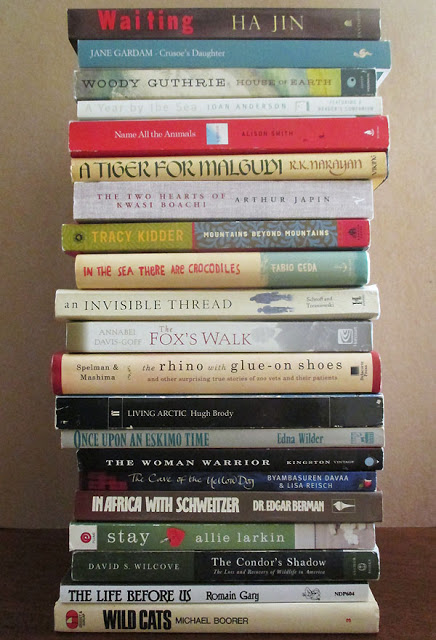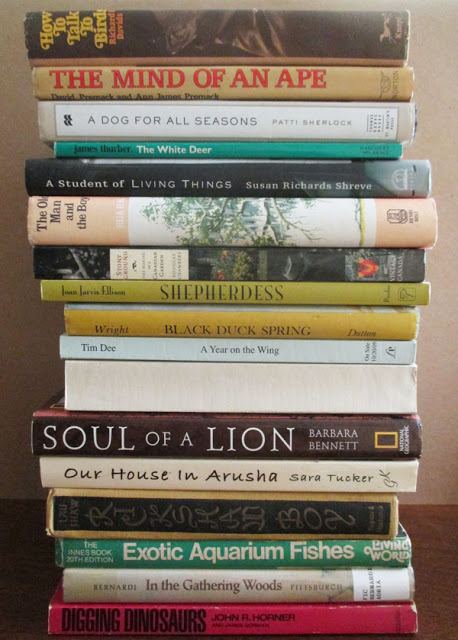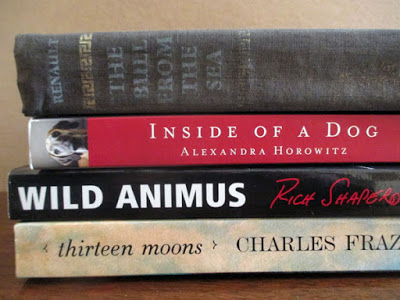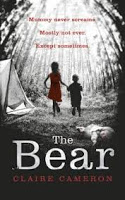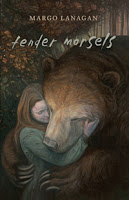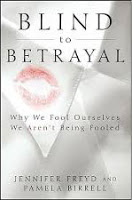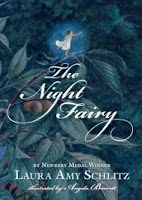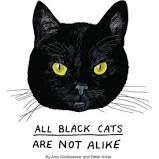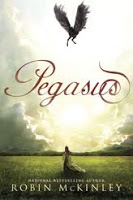translated by Susan Bernofsky
This is a story of a line of three polar bears who live at different points in the Soviet Union, Russia and Canada. The first story is of a bear at the end of her career in the circus, writing her autobiography. It shifts between the story as she writes it- from her younger viewpoint- to the tale of the writing process, how an editor tried to cheat her, how the public received her words and then her book slipped into obscurity. The bear for the most part acted human, but often pondered how human ways were different from things she preferred or perceived. It was strange.
The second part is the story of Tosca, the first bear’s offspring. Tosca seems more like a real animal, and most people half-treat her like one, albeit with some respect for her stature. Tosca was an actress but left the stage because she was turned down for a role in play, and went to the circus. However her story is mainly told from the viewpoint of a woman who works in the circus- here the story also shifts back and forth between past and present. As a child, this woman was fascinated by the circus and volunteered to help feed the animals. Eventually she got an actual job there and became animal-trainer. She created an act with Tosca that became a huge success. Most of this section of the book seems to be about how they kept trying to come up with a good act, politics within the circus, how it was viewed by the public and the government, and the woman trainer’s obsession with the bear (her husband was jealous).
The final part is shortest, and this one runs in a straight line. It is about Tosca’s son Knut, who grows up in a zoo (because his mother is too busy writing her own memoir at that point to raise him herself). Knut describes his slowly opening awareness, his attachment to the man who bottle-fed him, his delight in finally being allowed outside into an enclosed space, and to take walks around the zoo until he is large enough to be considered dangerous. Then he wonders why he has to spend all his days shut up alone in the enclosure, and tries to find means to entertain himself and avoid the summer heat. He is also anxious to keep his audience, and devise means to keep humans who come to see him entertained- although other animals he meets at the zoo deride this practice. I was disappointed at the ending of this tale- it kept mentioning that Knut would soon meet his estranged mother, and then be introduced to a female polar bear the zoo hoped would be his mate. But the story stopped short before those events happened.
In all these stories the bears are more than animal- they understand human speech, they sometimes talk to people, and are sometimes understood. They learn to read, to write, recognize human tools and concepts that are beyond a real animal’s understanding. They puzzle over their similarities and vast differences from humans, they long for the cold and snow-covered land of the north. In the all of the stories there is mention of social class issues and other very human concerns; the final story also has worries about global warming and polar bears going extinct. Through it all I got a very distinct sense of place and culture.
The book is really about the fine line between animal and human nature- how much can animals understand? what makes us human, compared to them? what rights do we have to treat them the way we do. But some parts of it really puzzled me, and fell into a dreamlike category. Its tone reminded me of Animal Crackers, and the meandering, strange feeling was very reminiscent of Kafka. In fact it has some references to Kafka, which I almost didn’t catch at first. Someone else compared it to Dog Boy in the comments on Stefanie’s blog (see link below), and I can see that too.
Borrowed from the public library.

